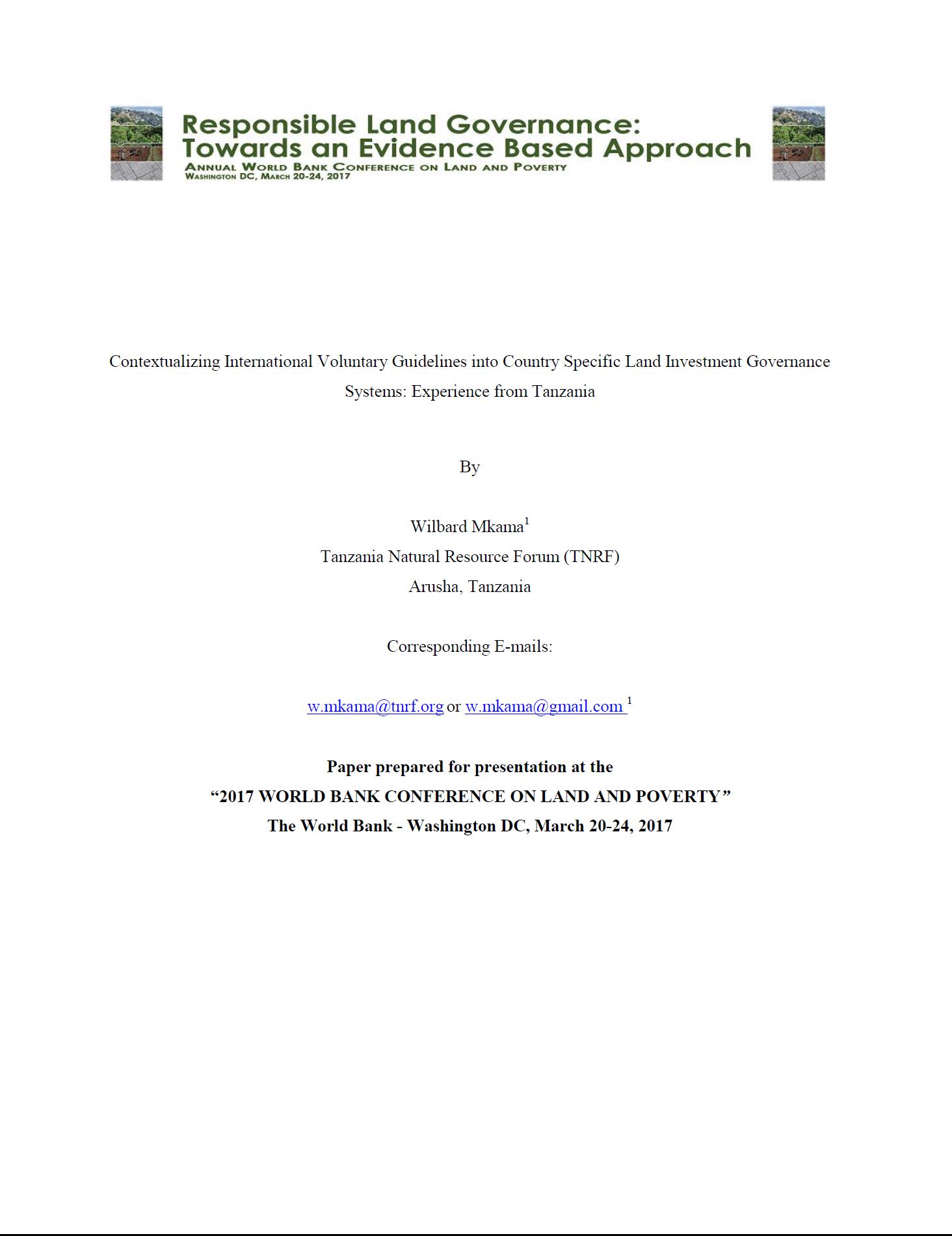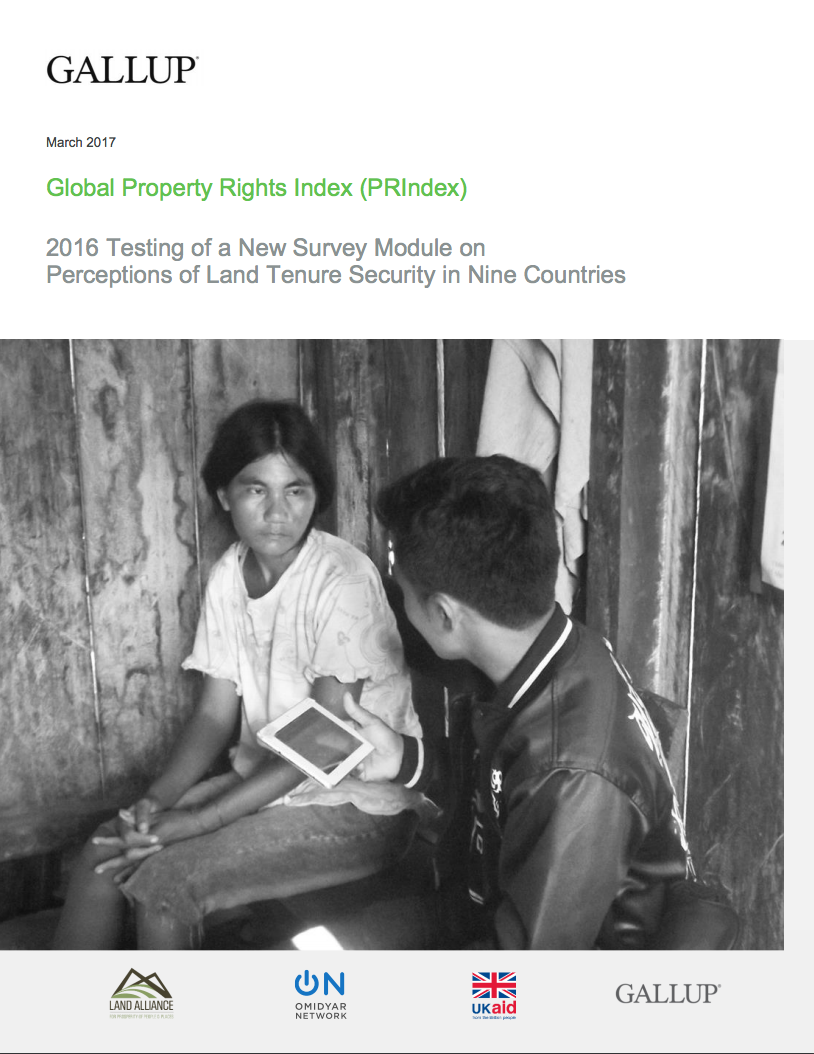Anthropogenic Landscapes, Human Action and the Process of Co-Construction with other Species: Making Anthromes in the Anthropocene
We are in the Anthropocene. For millennia, human actions have been shaping the world to the degree that they are inscribed in the geological and ecological record. Recently, this has been occurring with increasing speed and influence. This means we need to be asking integrative and effective questions about the world and how we relate to and in it. Human niche construction has broad and deep effects not just on landscapes and environments, but on the myriad of other beings sharing space with us.







